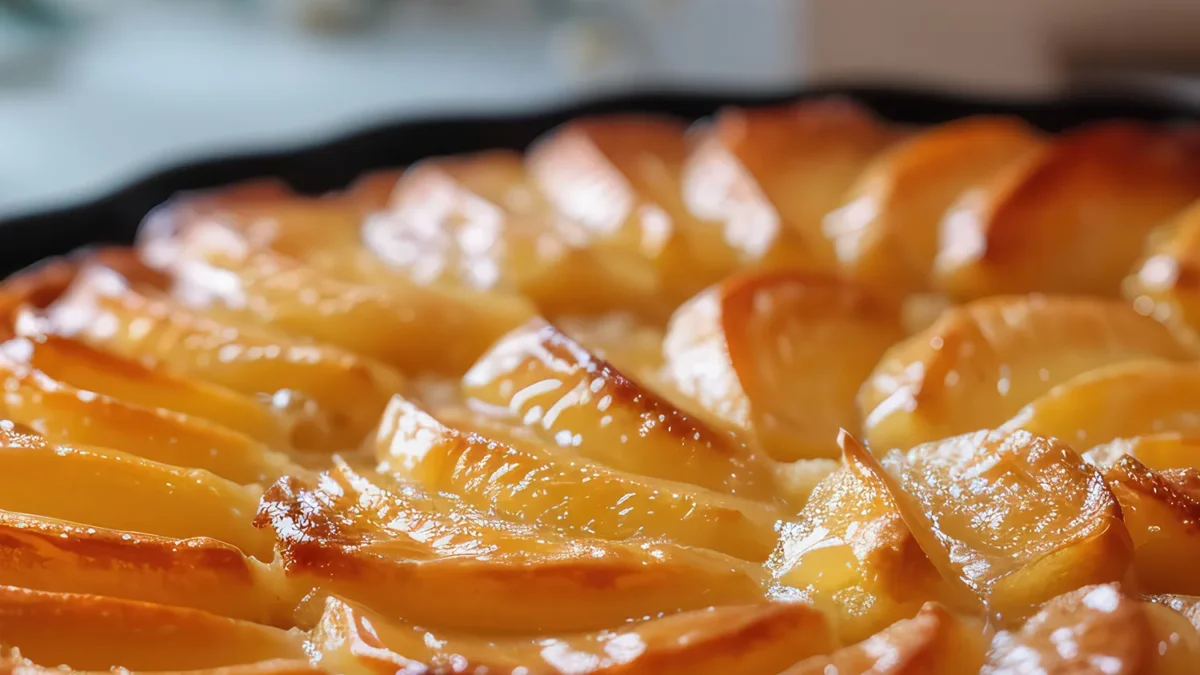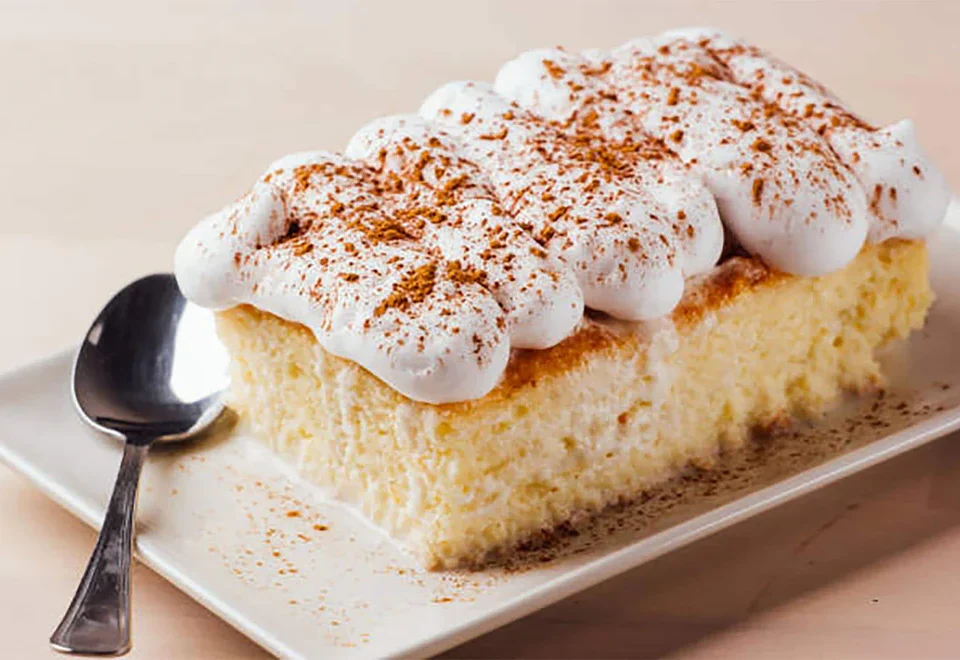
🧁 Pastry Chef’s Top Tools – The Digital Scale (0.1g Accuracy)
May 19, 2025
🧁 Pastry Chef’s Top Tools – Infrared Thermometer
May 25, 2025There’s something comforting about a dessert that doesn’t look perfect but tastes absolutely divine. The tarte Tatin is exactly that kind of dish. Sticky, buttery, and deeply caramelised, it flips tradition—quite literally—and has won over dessert lovers around the world.
But behind this upside-down wonder is a story of happy accidents, old-school French hospitality, and a dessert that’s travelled far beyond its original village kitchen.
Where It All Began
The tarte Tatin was born in Lamotte-Beuvron, a small town in the Loire Valley of France. The story goes that around the late 1800s, two sisters, Caroline and Stéphanie Tatin, were running the Hôtel Tatin. Stéphanie was in charge of the cooking and, one day, while preparing a traditional apple pie for guests, she either forgot the pastry base or dropped the tart mid-bake—depending on which version of the story you hear.
To rescue the situation, she put the pastry on top of the apples and caramel and baked the whole thing in the oven. After flipping it out, what emerged was golden, glossy, and beautifully rustic. Guests loved it. The tarte Tatin was born.
Why the Locals Loved It
It’s easy to see why the dessert became a local favourite. The tart was made with simple ingredients—apples, sugar, butter, and pastry—yet it tasted rich and luxurious. The caramel created a deep toffee flavour, the apples softened without turning to mush, and the pastry stayed crisp even underneath all that goodness.
For country kitchens and hotel diners, the tarte Tatin was hearty, honest, and full of flavour. It didn’t need perfect edges or precise plating. It just needed to be warm, sticky, and served with a generous spoonful of cream.
How It Travelled
Over time, the tarte Tatin made its way from the Loire Valley into Parisian bistros, and eventually into pastry kitchens across Europe and beyond. French chefs began to recreate it, giving it new flair but staying true to the essence of the dish.
In the 20th century, it appeared on menus in London, New York, and eventually Melbourne and Sydney. With its deep caramel crust and dramatic presentation, it became a popular way for chefs to show off both rustic roots and technical skill.
Variations Around the World
Though apples are the classic choice, there are now many takes on the tarte Tatin. In France, you’ll find pear, quince, or plum versions depending on the season. In Morocco, some cooks use spiced oranges and almonds. In North America, peaches and even bananas have made their way into upside-down tart form.
Some bakers swap puff pastry for shortcrust. Others add spices like cinnamon or cardamom. And in more modern kitchens, you might even see a savoury version—with caramelised onions, tomatoes, or even beetroot under a flaky lid.
What to Serve It With
There’s no one right way to enjoy a tarte Tatin, but there are a few combinations that always work. A dollop of crème fraîche cuts through the sweetness. Vanilla ice cream melts into the warm caramel and adds a touch of nostalgia. Thickened cream or even a simple custard are also welcome additions.
If you’re feeling bold, try it with a slice of sharp cheddar. It’s not traditional, but the contrast of sweet and savoury is surprisingly good.
Final Thoughts
The tarte Tatin proves that you don’t need perfection to create something timeless. A bit of caramel, a handful of fruit, and a willingness to roll with the unexpected can turn a mistake into a masterpiece.
Whether you’re eating one in a French farmhouse or ordering it as a weekend treat from Flux Desserts, take a moment to appreciate the charm of this upside-down tart. It’s proof that desserts don’t always need to be polished—they just need to be made with heart.



